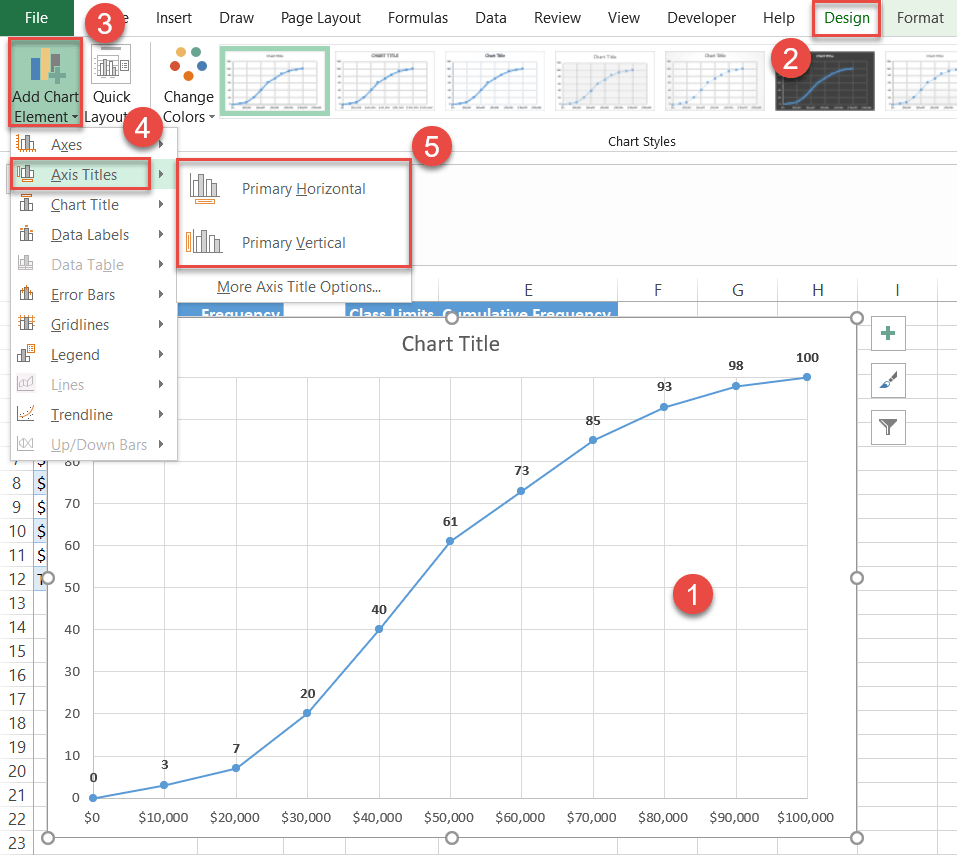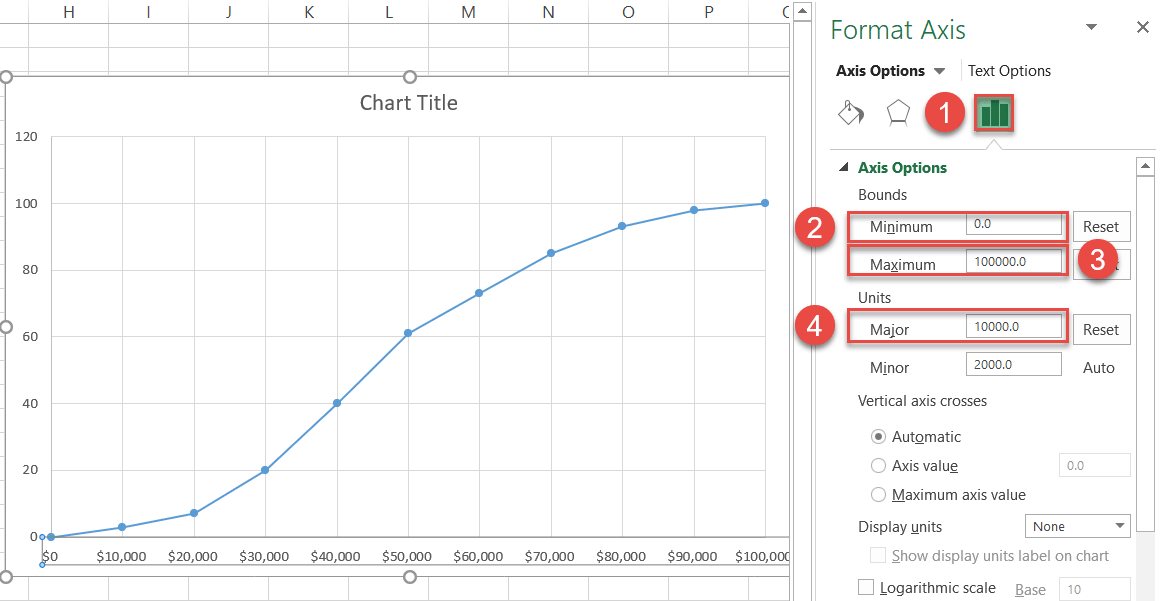Build A Info About Ogive In Excel Scatter Plot Line Graph

By the last group, the.
Ogive in excel. The (1) less than ogive graph and the (2) more than ogive graph. This video shows how to construct a cumulative frequency curve (ogive) in excel. Write ages on an empty column (1), and write the.
Ogive (cumulative frequency graph) using excel's data analysis. There are two types of ogive graphs that you can create: In this last section, we will show how to make an ogive graph in excel.
In short, an ogive chart is a line graph that increases from one group to the next according to how much each group adds to the total relative frequency. Make an ogive in excel with help from an expert with more than a decade of experience working with microsoft office and adobe creative suite in a professional. Write ages on an empty column (1), and write the.
Example of a “less than ogive graph”. I’ll show you how to use a grouped frequency. Ogives are graphs that are used to estimate how many numbers lie below or above a particular variable or value in data.
An ogive graph is a line chart in excel. You will also see examples of how to. Creating an ogive graph david hays 8.09k subscribers subscribe 361 share 120k views 10 years ago creating an ogive graph.
Ogive charts in excel when inserting an ogive (cumulative frequency) chart, the first thing you need is a data like this: How to draw an ogive graph in excel. In this ms excel tutorial from everyone's favorite excel guru, youtube's excelsfun, the 22nd installment in his excel statistics series of free video lessons,.
An ogive curve, also known as a cumulative. An ogive can be constructed using cumulative frequency, cumulative relative frequency, or cumulative percentage. Ogive charts in excel when inserting an ogive (cumulative frequency) chart, the first thing you need is a data like this:
0 87 views 5 months ago excel + google sheets tutorials easily create an ogive or cumulative frequency polygon chart in excel. Shows to calculate the cumulative frequency values of grouped data, and then draw the associated cumulative frequency curve (ogive)


















